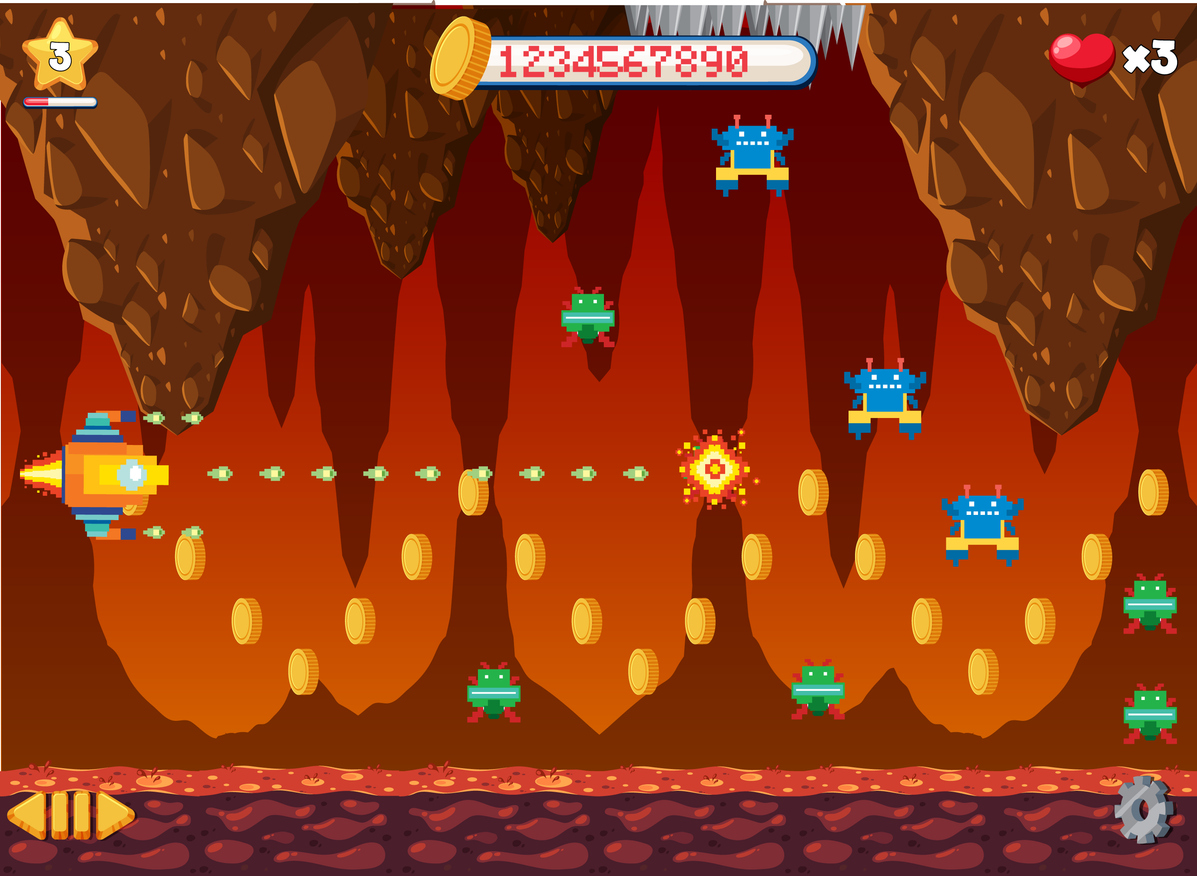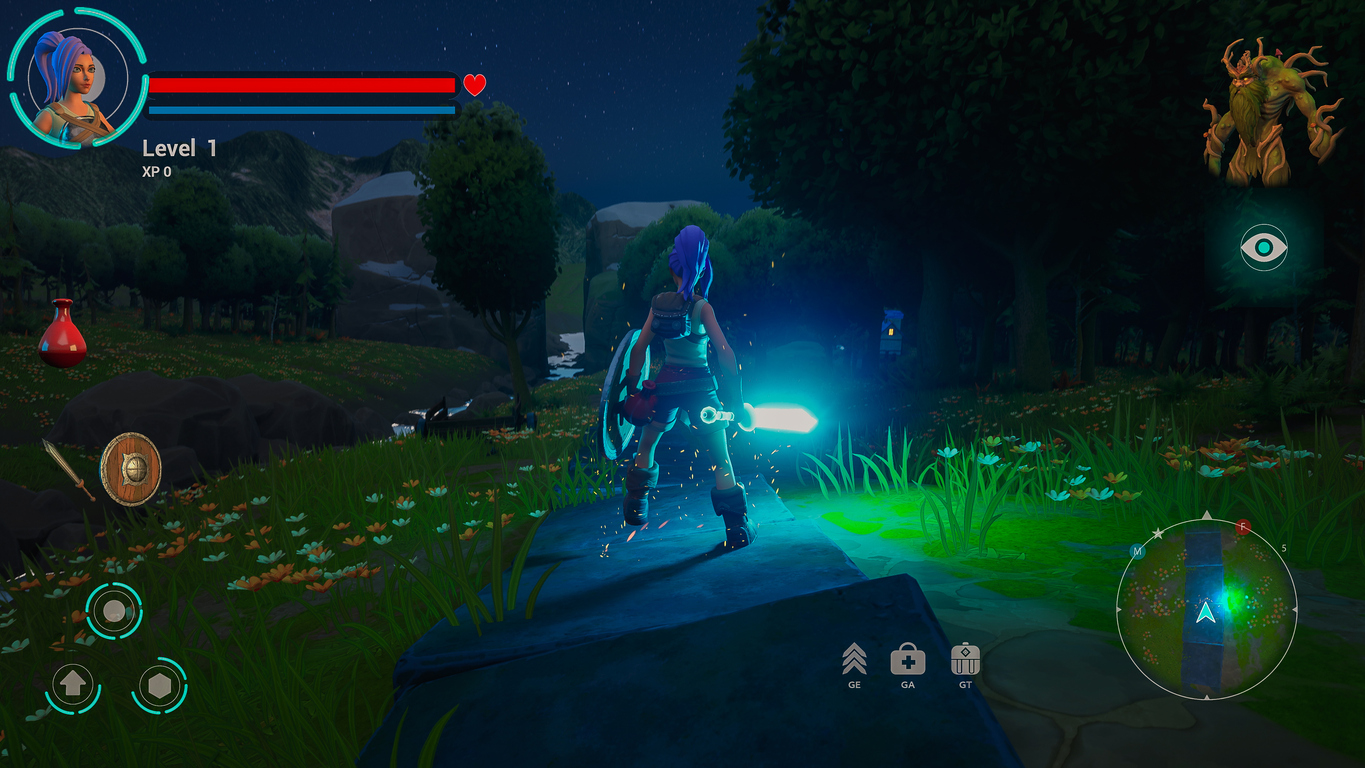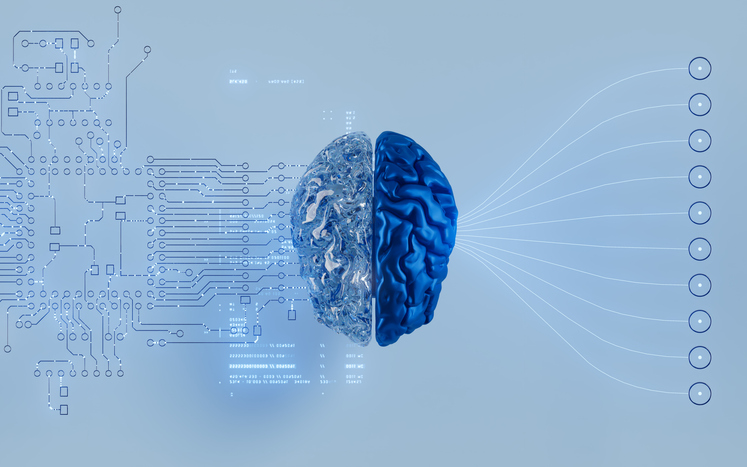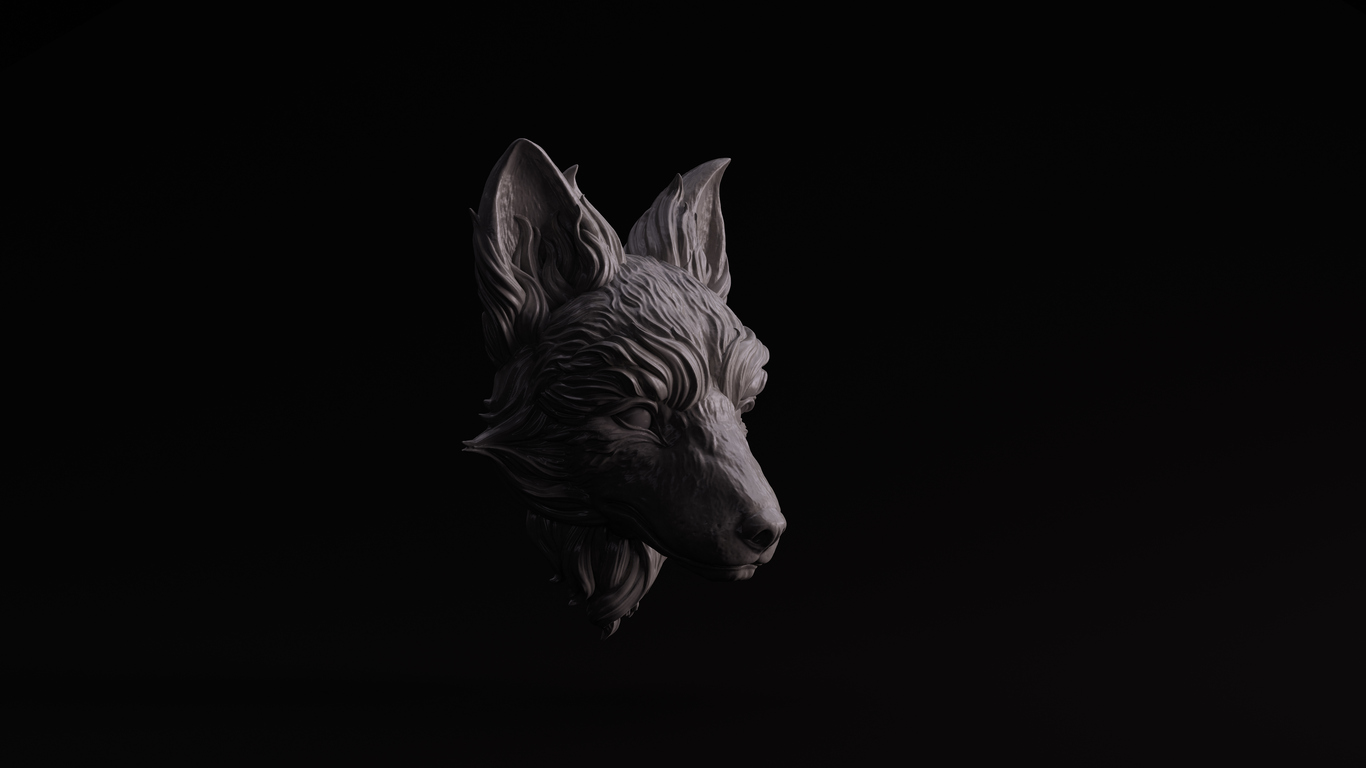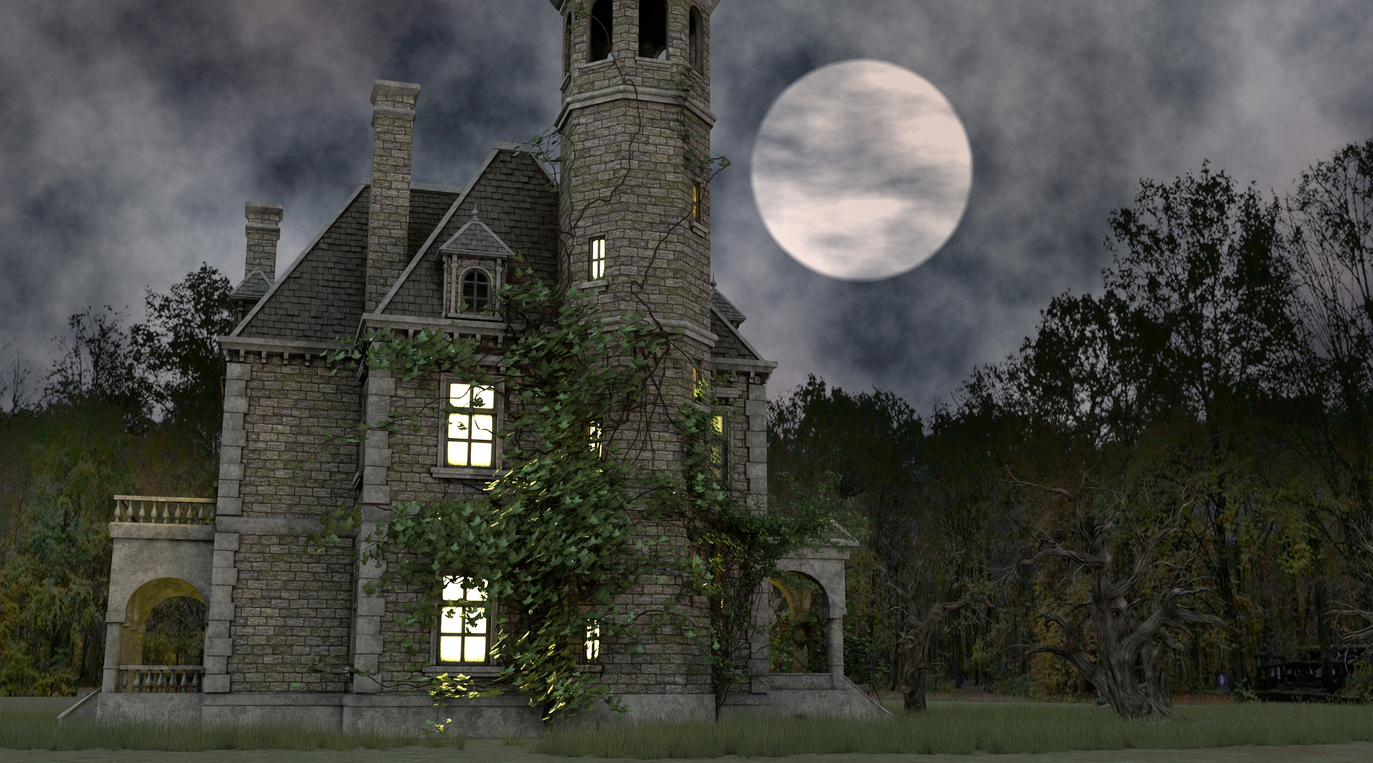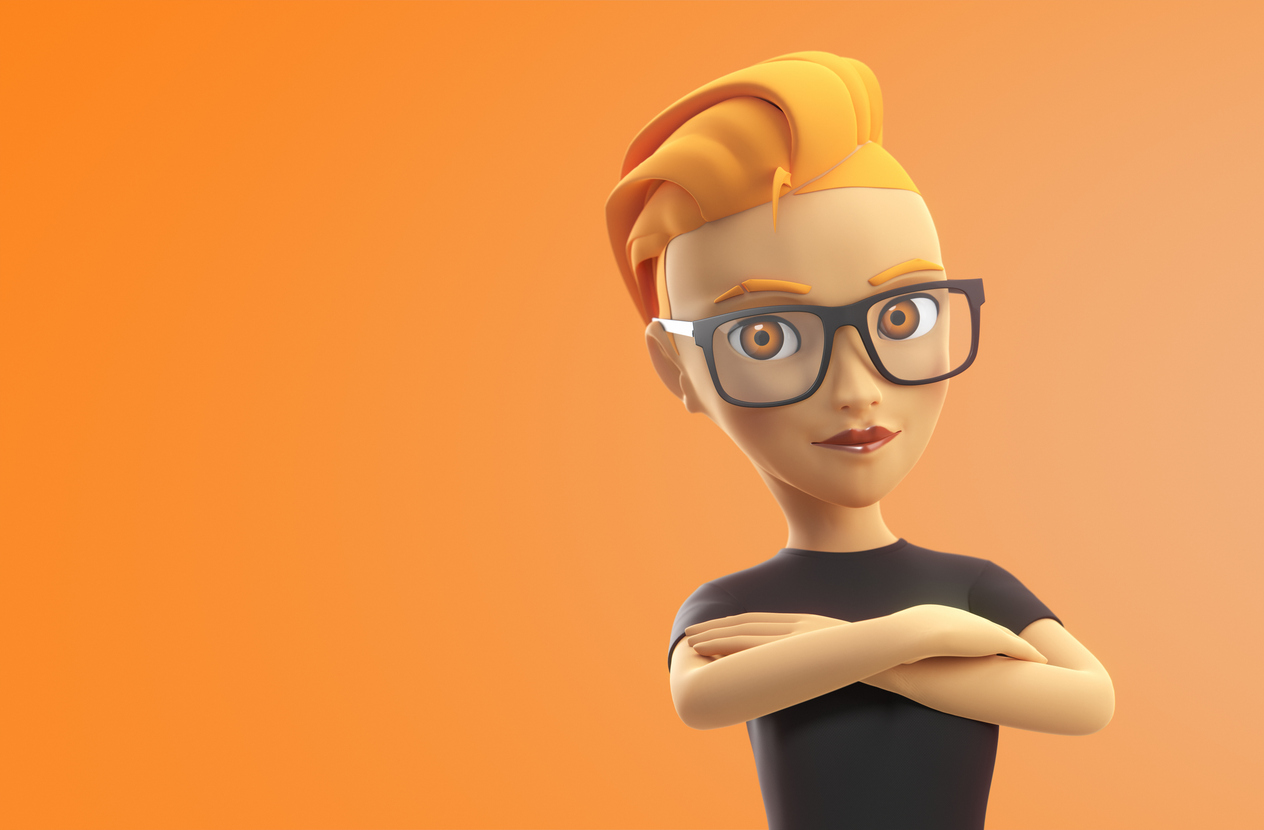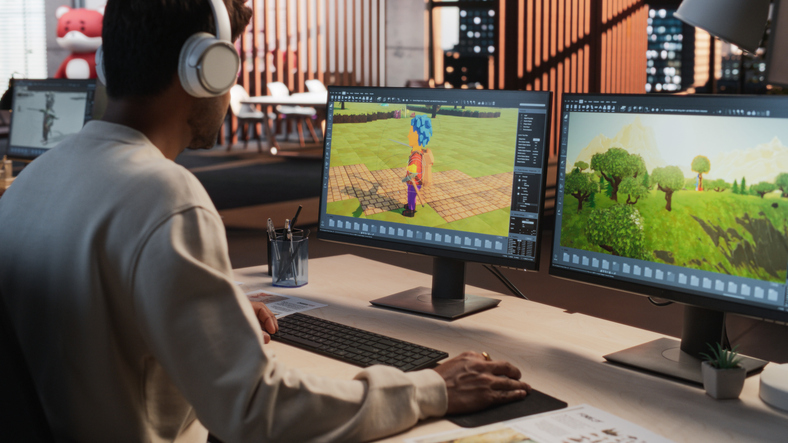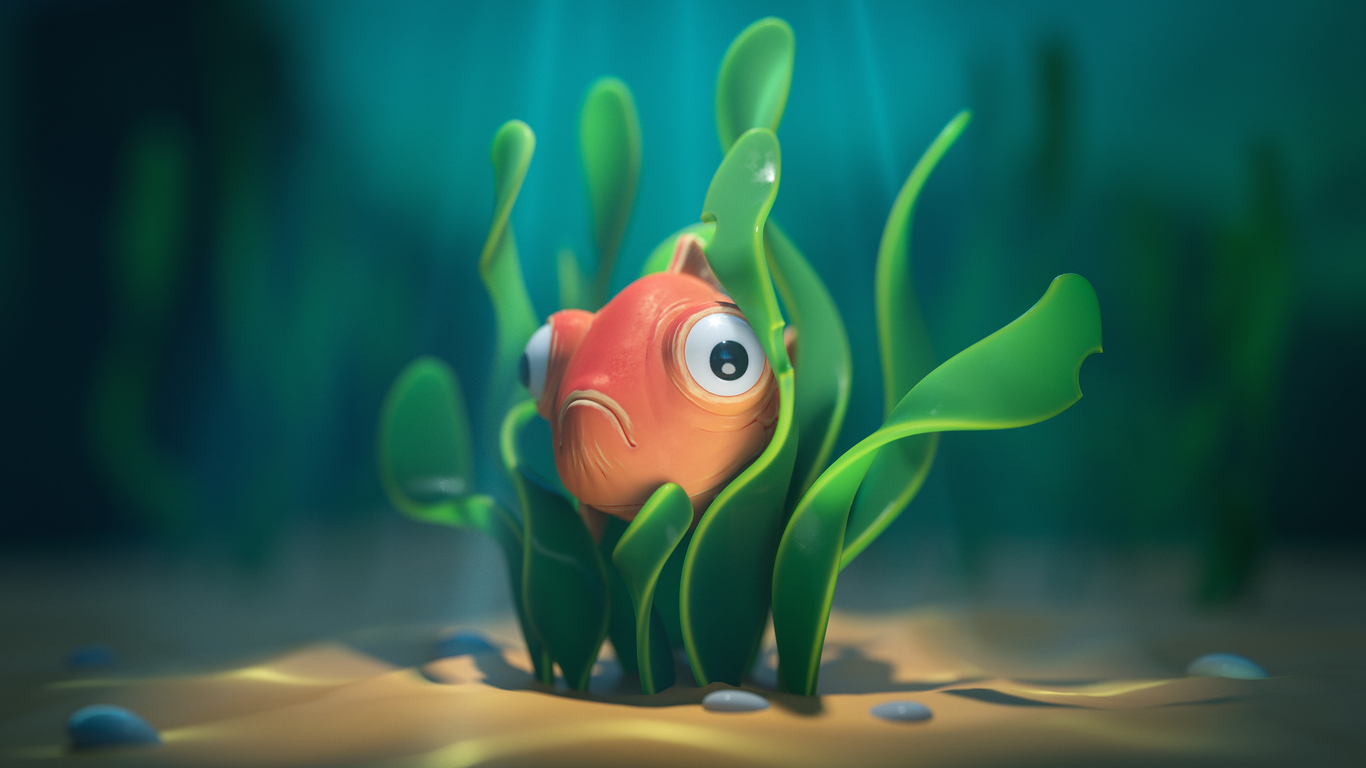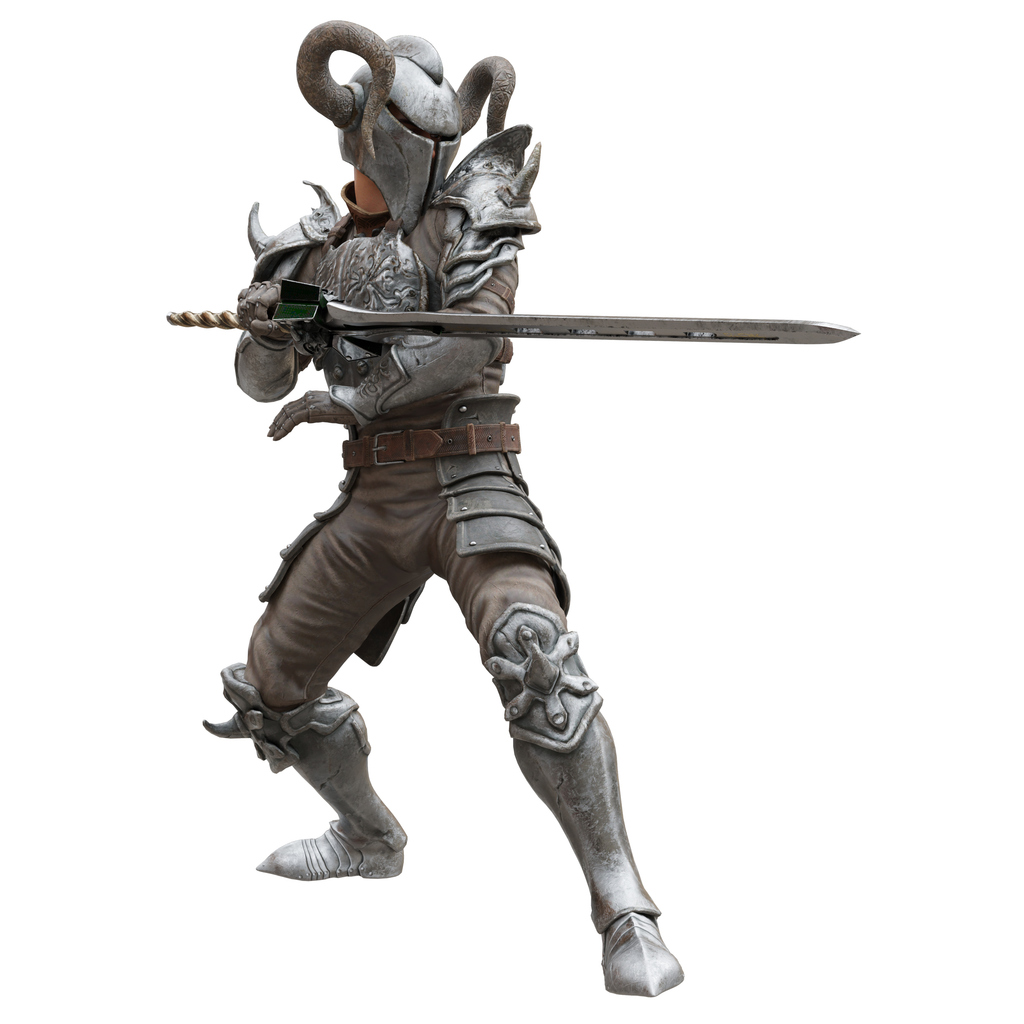3D animation is one of the most captivating and dynamic fields in the digital arts. From the enchanted worlds of animated films to the pulse-pounding realism of video games and the sleek visuals of architectural walkthroughs, 3D animators play a pivotal role in shaping modern visual storytelling. But beyond the impressive results we see on screen, what exactly does a 3D animator do? If you are a prospective student considering a future in animation, understanding the full scope of a 3D animator's responsibilities is essential. This comprehensive guide will explore the day-to-day tasks, required skills, work environments, and how you can launch your animation career with the help of a structured program like the 3D Modeling Animation Art and Design Diploma offered by VCAD.
Understanding the Role: Breathing Life into Digital Worlds
A 3D animator is, at heart, a storyteller. Unlike traditional animators who work with hand-drawn images, 3D animators use computer-generated models to create lifelike movement and dynamic scenes. Their work requires a blend of artistic creativity and technical knowledge to ensure every movement, expression, and transition looks natural and expressive. Whether animating a mythical creature soaring across a fantasy landscape or designing the subtle facial expressions of a digital character, 3D animators are tasked with making digital elements move and emote convincingly.
Bonus Read: 3D Animation & Its Importance in Modern Media
What Does a 3D Animator Do?
While each project is unique, the general responsibilities of a 3D animator typically include:
1. Character Animation
Animating digital characters is often at the core of a 3D animator's job. This involves interpreting scripts or storyboards to produce movements that reflect emotion, personality, and intention.
2. Rigging and Skinning
Before a character can be animated, it needs a digital skeleton—a process called rigging. Skinning involves binding the 3D model to the rig to ensure that the character's movements look smooth and natural.
3. Motion and Physics Simulation
Animators apply physics-based principles to replicate gravity, weight, and inertia. Whether it is a ball bouncing or hair flowing in the wind, these nuances make animations feel believable.
4. Lip-Syncing and Facial Animation
Synchronizing character dialogue with mouth movements and facial expressions is crucial for storytelling, particularly in cinematic and gaming contexts.
5. Scene Layout and Composition
Working with layout artists and cinematographers, animators help determine camera angles, lighting effects, and the overall visual composition of a scene.
6. Collaboration with Creative Teams
3D animators often collaborate with modelers, riggers, texture artists, lighting artists, VFX teams, and directors. Effective communication and teamwork are key to aligning on the creative vision.
7. Refining and Polishing Animations
Animation is an iterative process. Animators revise and refine their work based on feedback, often tweaking timing, posture, or movement for enhanced storytelling impact.
Where Do 3D Animators Work?
3D animators are in demand across a wide range of industries. Here are some of the most common workplaces:
1. Film and Television Studios
Animation studios like Pixar, DreamWorks, and Netflix rely heavily on 3D animators to produce full-length animated films, series, and visual effects for live-action projects.
2. Video Game Companies
Gaming giants like Ubisoft, EA, and Rockstar Games employ 3D animators to bring characters, environments, and cinematic sequences to life in real-time.
3. Advertising Agencies
From animated commercials to motion graphics in social media campaigns, advertising firms use 3D animation to create engaging brand content.
4. Architectural and Industrial Design Firms
Architects and product designers use 3D animation to simulate walkthroughs and prototype functions. Animators help visualize how a product or building will appear and function.
5. Virtual and Augmented Reality Developers
As immersive technologies like VR and AR continue to grow, animators are increasingly needed to design interactive environments and characters.
Bonus Read: The Career Path of a 3D Animator: How to Get Started
Essential Skills for Success
To thrive in the competitive world of 3D animation, you will need a well-rounded skill set that blends technical mastery, artistic ability, and professional soft skills.
Technical Skills:
-
Software Proficiency: Mastery of industry-standard tools such as Autodesk Maya, Blender, ZBrush, and Unreal Engine.
-
Animation Principles: Timing, squash and stretching, anticipation, staging, and exaggeration.
Artistic Skills:
Soft Skills:
The Importance of a Portfolio
In animation, your portfolio is your resume. Employers look for a strong demo reel that highlights your range, technique, and storytelling abilities.
A well-crafted portfolio should:
Bonus Read: How to Make an 3D Animation Portfolio
How Long Does It Take to Become a 3D Animator?
The learning curve for 3D animation can vary widely. Self-taught learners may take several years to master the skills. However, enrolling in a structured diploma program can accelerate the journey significantly.
On average, aspiring animators can expect:
Launching Your Career with VCAD’s Diploma Program
If you are passionate about becoming a 3D animator and want to gain professional skills efficiently, VCAD’s 3D Modeling Animation Art and Design Diploma offers a powerful pathway.
This program is designed specifically for aspiring animators and covers all critical aspects of the field. Here is what sets it apart:
1. Hands-On Curriculum
You will receive instruction in modeling, rigging, character animation, environment design, and storyboarding. Each course builds practical, portfolio-worthy skills.
2. Industry-Standard Software Training
Students gain expertise in Maya, ZBrush, Unreal Engine, and other essential tools, ensuring your job-ready upon graduation.
3. Online and On-Campus Flexibility
Available 100% online, as well as on campuses in Vancouver and Calgary, the program caters to students across Canada.
4. Mentorship from Industry Experts
Experienced instructors provide personalized guidance, real-world insights, and ongoing feedback.
5. Portfolio Development and Career Support
Students graduate with a polished portfolio and access to networking opportunities, job search support, and industry events.
Career Paths for 3D Animators
Once trained, 3D animators can pursue diverse career paths, including:
The demand for 3D animators is strong, particularly in entertainment, gaming, advertising, and emerging technologies like AR/VR.
Final Thoughts: Your Journey Begins Here
So, what does a 3D animator do? They bring dreams to life, one frame at a time. They create emotion, movement, and immersive experiences from nothing but pixels and imagination. It is a career that combines art, technology, and storytelling in a way few others can.
If you are ready to dive into the world of 3D animation and want a structured, supportive way to begin, VCAD’s 3D Modeling Animation Art and Design Diploma offers the perfect launching pad. With hands-on training, expert instruction, and real-world experience, you will be prepared to turn your passion into a profession.
Apply today and take your first step toward becoming a 3D animator who not only imagines new worlds but builds them.
